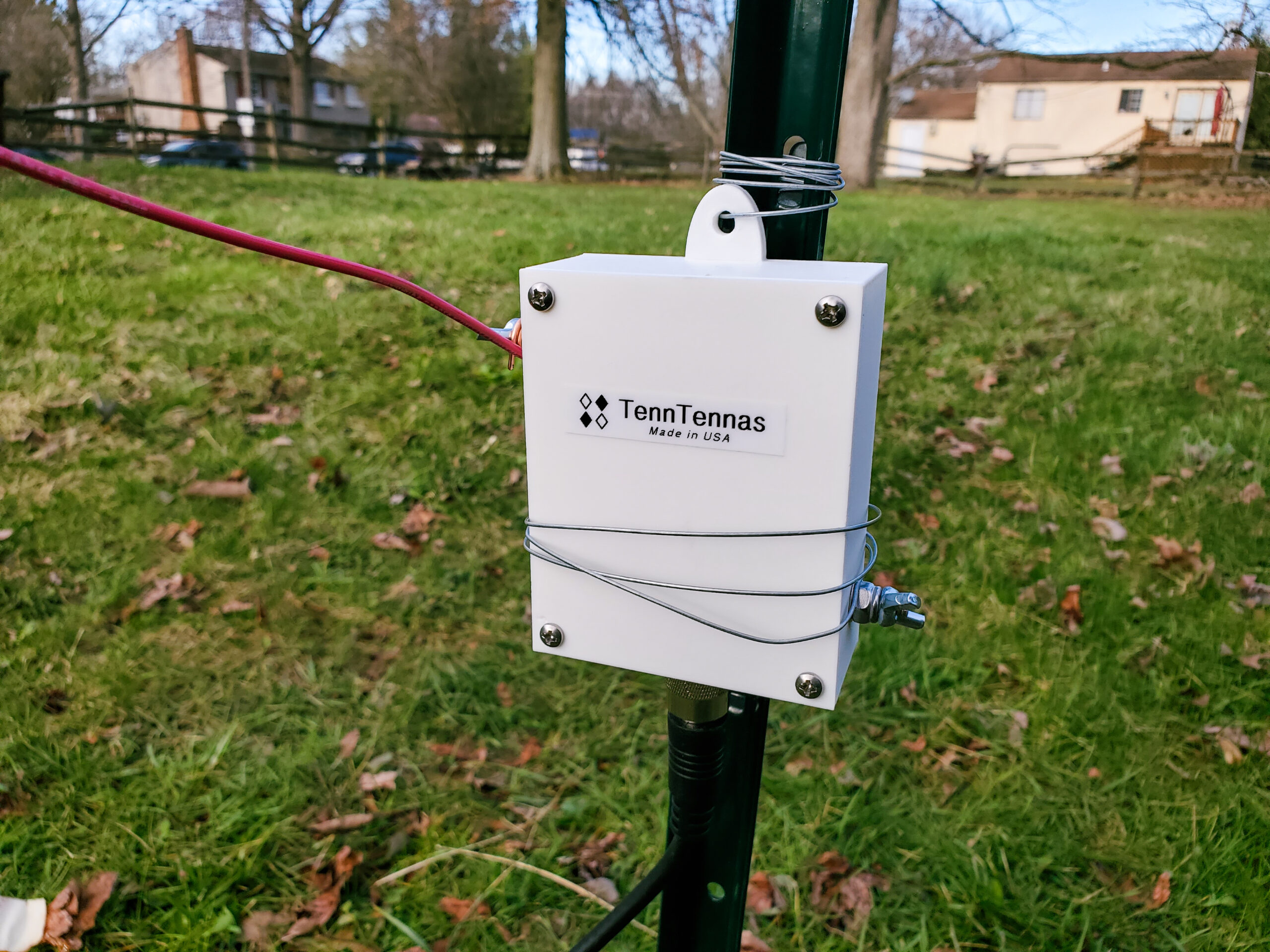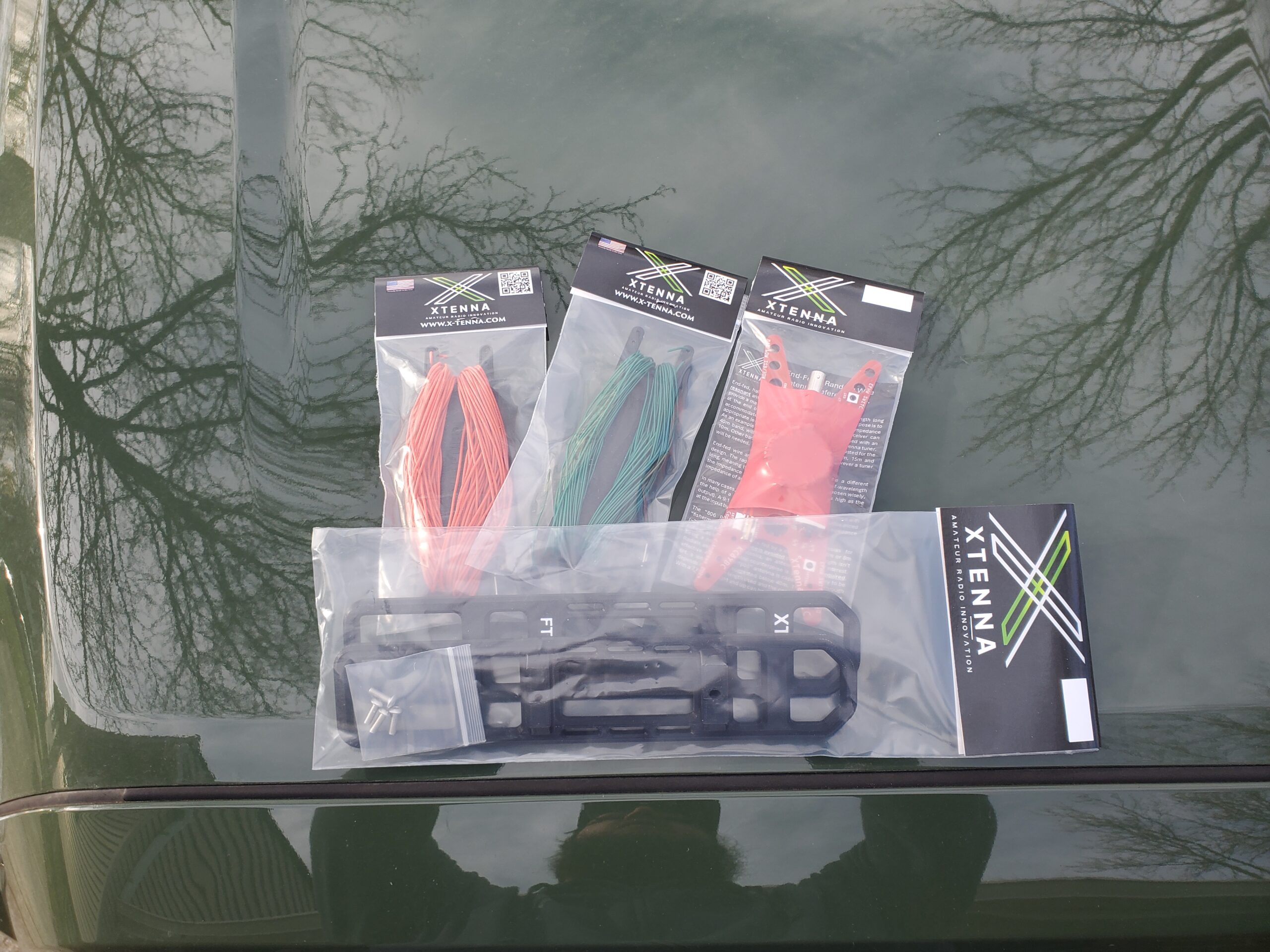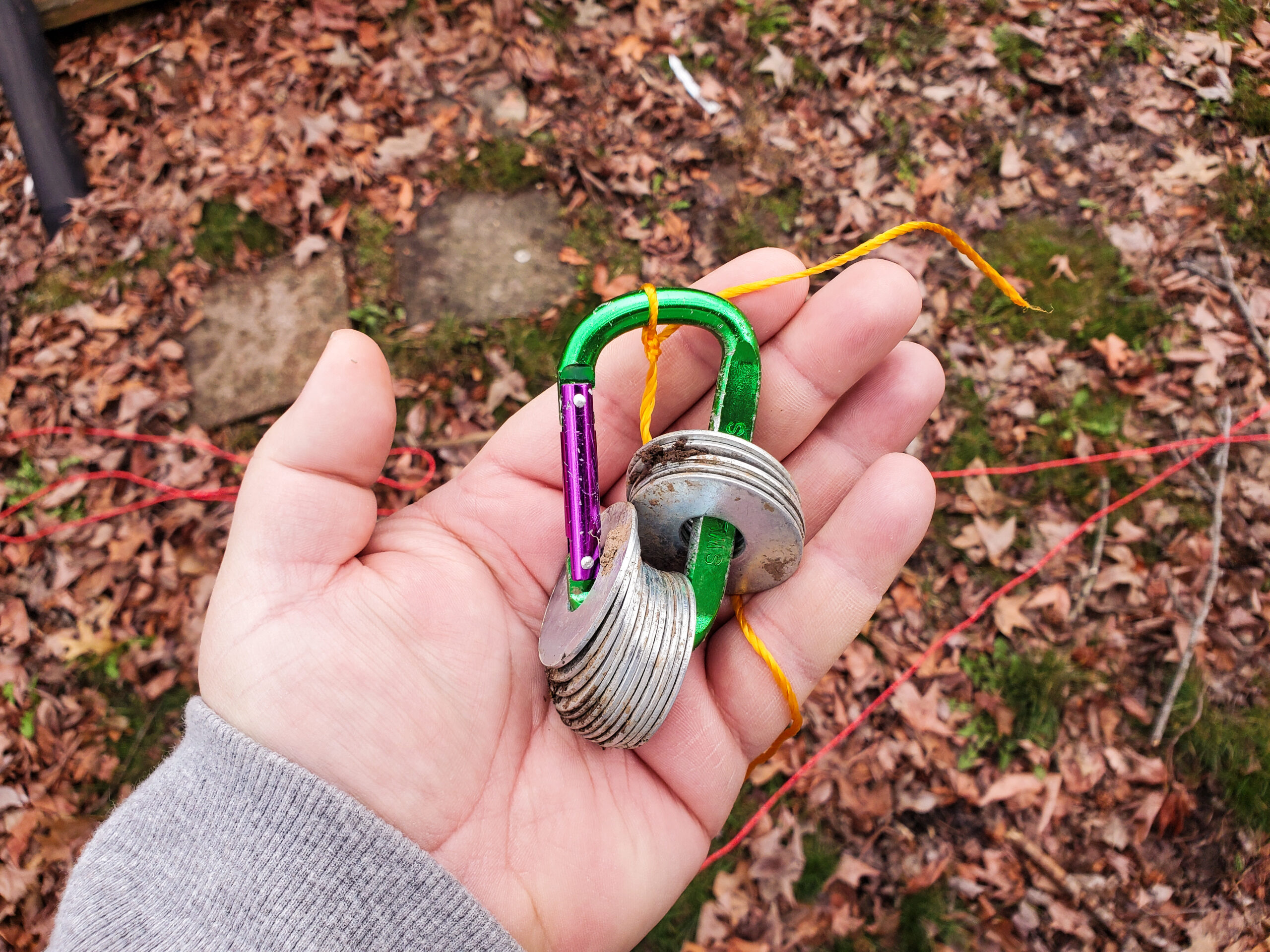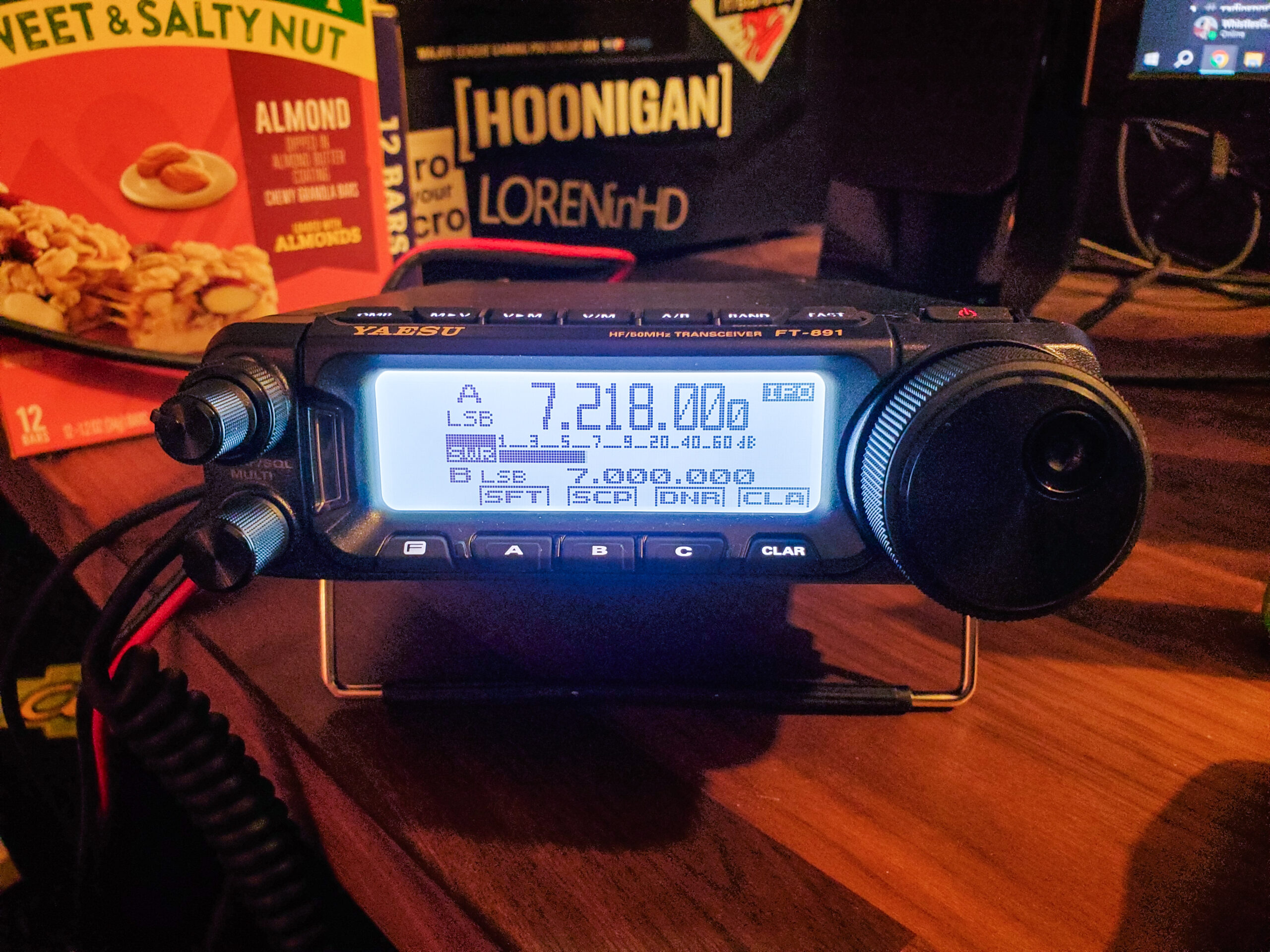This weekend, I took to X to share my journey of setting up my first HF antenna. One commenter said it brought back memories of their own early days in ham radio. I laughed and replied that I was broadcasting my "trials and tribulations" to the world, hoping other new operators could learn from my missteps. Honestly, "trials and tribulations" sums up my first HF station perfectly—it’s been a wild ride!
TLDR: The Video
The Mission
Ham radio can hit your wallet hard, so I had to be strategic about my first HF setup. I priced out every component, weighing where to splurge and where to save. My long-term plan is to invest in "buy once, cry once" gear, but for now, my budget’s calling the shots.
The Gear
After some research, I settled on the Yaesu FT-891 as my first HF radio. Portability was the clincher—I want this rig to pull double duty at home and in the field. Plus, I couldn’t resist the 100W output; I can always dial it down if needed. The Xiegu G90 was a close contender, but its 20W max power and lack of digital noise filters tipped the scales against it. That built-in tuner, though? It made the decision tough.

For my antenna, I chose an end-fed half-wave (EFHW) cut for 40 meters. I went with the TennTenna EFHW after hearing it praised by YouTubers and appreciating its weather-resistant design—perfect for leaving outdoors. The kit didn’t include wire, so I hit up my local hardware store and grabbed a 500-foot roll of 14AWG solid-core wire. Better to have too much than too little, especially with my knack for mistakes.

Last week, at my local radio club meeting, I met Jon from XTenna Antennas. To my amazement, he offered me one of his portable setups for free! (Stay tuned for a video of me setting it up.) I’m blown away by the generosity and support in the ham radio community—it’s hands-down one of the best groups I’ve ever joined. I’m hoping to tag along with Jon for some POTA activations soon.
For coax, I went cheap with a 50-foot roll of RG8x. It’s temporary—when I upgrade, this’ll become my portable cable. Instead of a proper choke, I snagged five ferrite toroid rings for $11 and wrapped the coax myself. It’s a budget fix I’ll improve later, and those rings are already sparking ideas for a DIY antenna. My parts bin is officially underway!
An antenna analyzer was a must, and I had my heart set on a Rig Expert. But after splurging on the FT-891, I opted for a NanoVNA instead. It’s (kind of) user-friendly (after a few YouTube tutorials), but here’s a pro tip: it uses SMA connectors, while your coax likely has PL-259s. You’ll need an adapter—learn from my oversight, it does not come with any adapters!
I agonized over whether I needed a tuner for days. The helpful folks at R&L Electronics nudged me toward one, but I’d read that a well-built EFHW shouldn’t need it. On the Ham Radio Crash Course Discord, opinions were mixed—nice to have, not essential. I caved and added a Malahit ATU-100 to my Amazon cart while grabbing cables. I’ll report back on how it performs. I don’t have high hopes, but we shall see.
Power was another fork in the road: a LiFePO4 battery with a charger or a home power supply? Since I want to operate mobile, I chose the battery—an Eco-Worthy 20Ah, inspired by KB9VBR’s years-long endorsement in a video. Battery reviews online spooked me away from cheaper Amazon options, though the price gap to Bioenno was tempting. It’s another “upgrade later” item.
To charge it, I picked up an ISDT 608PD Lipo charger based on a Discord tip. Warning: it doesn’t come with cables! I opened the box, eager to start, only to realize I needed an XT60 cable. Local hardware stores don’t stock them, and by the time I figured this out, R&L and the nearby RC shop were closed. My weekend radio plans hit a snag—hello, Monday shipping.
I also grabbed a cheap wattmeter to monitor power draw and some O-ring-to-PowerPole cables (with fuses) to connect the battery. Then I noticed the FT-891’s power cord has built-in fuses—oops! Extra protection can’t hurt, right? The wattmeter included spare PowerPoles, saving me from ordering more for the radio. Small victories!

Finally, to hoist the antenna, I got some rope and whipped up a “throw bag” with a carabiner and washers. MacGyver would approve.
Getting the Antenna Up
This part of ham radio doesn’t get enough airtime. I’ve watched countless videos of folks showing off their antennas, but almost none show the process of getting them up. Sure, it might not be thrilling, but I’d love more how-to content. My goal was to sling the EFHW into a tree behind my house. My yard’s tricky—power lines on the west side, low house lines slicing diagonally across, and an HOA that’s lax but still a factor. I aimed for low-profile.
First, I cut my 14AWG wire to just under 70 feet. Tip: make sure your tape measure is long enough! Mine topped out at 25 feet, so I used stakes to mark sections. With wire ready, I tossed my rope-and-throw-bag combo at a branch. Easier said than done—the tree was a tangle of twigs, thwarting my aim. After some persistence, I got the rope over my chosen branch and pulled the antenna up.
At 66-ish feet, that wire was longer than I’d pictured. It stretched deep into my yard, and my 50-foot coax fell short of my office window. Cue the next lesson: 50-ohm coax isn’t a hardware store grab. I struck out locally and online—R&L’s early Saturday close didn’t help. With my XT60 cable already delayed, I shrugged it off and waited for Monday.
Monday brought work chaos, and I missed R&L’s hours again. Time for Plan B: turn my sloped EFHW into an inverted V to shorten the coax run. I untied the anchor, roped a second tree, and pulled the wire over a high branch, tying it lower. Success—it reached the house!
Setting Up the Yaesu FT-891

The trickiest part of the FT-891 setup was attaching PowerPoles to the power cord. A YouTube video (shoutout to K8MRD and Ham Radio Guy) made it simple: trim the pre-stripped wires, crimp the connectors, and snap them into the housing. Done! If you’re using PowerPoles, get the right crimping tool—my standard crimpers struggled with the 40A connectors.
Hooking everything up was smooth sailing. I’d already attached O-rings to the battery for charging, so I linked the battery, wattmeter, and radio, then hit the power button and we were on! Oh, by the way, I ran into another hiccup: my tuner box lacked a jumper cable. So much for that—tuner testing postponed!
Welcome to HF
Freshly powered up, I spent an hour or two surfing the bands, eavesdropping on conversations. It felt odd at first, but that’s radio life. Excited, I fired up HAMRS to log contacts and dove into POTA—perfect for a newbie with its quick call-and-answer exchanges. I made about 10 contacts that first night, catching a few late-night POTA enthusiasts.
The next week, I chipped away at POTA daily. Then, surprise—the CQ WPX contest hit that weekend! I turned on the radio Friday night to buzzing bands, dug online, and learned it was a global event. What a blast—packing my log with contacts, including my first DX to Russia (confirmed via QRZ). I only managed about 20 contacts amid a busy weekend, but I’m hooked. Next contest, I’m all in!
Going Forward
Now that I am riding the HF waves I have a few thoughts as to where I want to go next in the hobby. POTA activations are still 100% in the cards. Running parallel to that I really want to start messing with my antenna setup. I seem to be able to hit Colorado and Nevada to the West Coast just fine as well as Florida and the east coast (although not as good). I seem to be having some trouble hitting everything in between. It’s been hard or almost impossible to hit the Midwest. I still don’t know enough about antennas to be able to figure out what’s going on, but I’m sure it has to do with how my signal is bouncing. How does an inverted V EFHW effect the bounce? I have no idea, but I want to figure it out. There are many experiments in my future from trying to get the wire higher up in the tree in a true sloper configuration or maybe even vertical.
This month I will be attending a new radio club’s meeting about go boxes/bags. I really want to build my own for the 891 that either contains the battery itself or 2 self contained boxes for the radio and the battery. I am hoping to meet some people that might be able to lend me some advice and share ideas. I’ve never really done any kind of electrical projects so I am pretty dead in the water other than relying on YouTube.
Finally, I do want to get into digital on HF. WSPR seems really cool for checking where your antenna can hit and FT8 is, of course, a very popular subsection of ham radio right now. I just need to grab something like a Digirig to be able to plug my radio into my computer.
Every day is a new day of learning for me. I;m really trying to take small bites, because I feel like you can get overwhelmed really fast in ham radio. I have a huge list of ideas I want to try for YouTube/here on this website, but my goal is to stay focused and work through them over time.
If you’re on YouTube I would absolutely love it if you would subscribe. Thanks for reading and have a wonderful day! If you have any questions or comments about this please don't hesitate to reach out at K8WOORadio@gmail.com!

